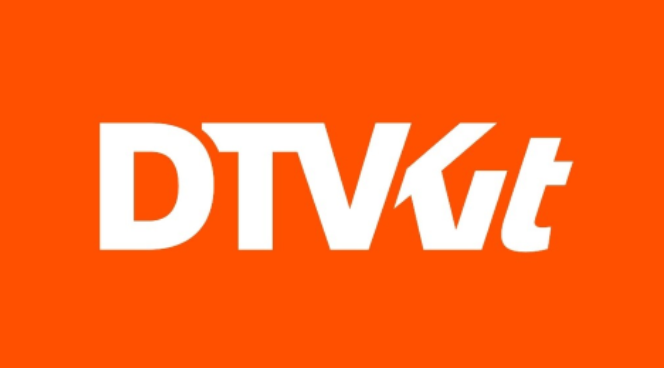We’re proud to announce that DTVKit has been featured in the Divitel 2025 Video Delivery Landscape, an ecosystem of over …
We’re proud to announce that DTVKit has been featured in the Divitel 2025 Video Delivery Landscape, an ecosystem of over 200 technology providers. This recognition affirms our critical role in enabling interoperable, standards-based broadcast solutions and reflects the growing importance of flexible, royalty-free platforms in the evolving digital TV space.
What is the Divitel 2025 Video Delivery Landscape?
Divitel, a leading systems integrator and video delivery specialist, releases its annual Video Delivery Landscape to map out the most impactful technologies across the broadcast and broadband ecosystem. It spans everything from video processing and CDN solutions to observability platforms and content enrichment tools.
The landscape is a strategic resource for operators, vendors, and integrators navigating the increasingly complex world of video delivery, especially as IP-based, multi-device environments become the norm.
Why Was DTVKit Included?
DTVKit stands out in this landscape for its open, collaborative, and future-ready approach to digital TV software.
This point reinforces the importance of diversity in delivery infrastructure. A balanced ecosystem helps protect public interest, especially in regions where broadcast remains the most reliable form of access.
Here’s why Divitel included us:
1. Strategic Fit in the Middleware & Control Layer
We provide production-ready components for DVB, HbbTV, CI Plus, and MHEG, forming the backbone of many compliant, scalable digital TV platforms. Our software powers the control layer of content delivery, from set-top box communication to API gateway functions.
2. Royalty-Free Licensing
Our no-royalty, source code-accessible model makes DTVKit highly cost-effective for operators seeking to avoid vendor lock-in. This aligns closely with Divitel’s vision of reducing operational complexity and ensuring long-term sustainability.
3. Support for Modern Video Architectures
Whether you’re building on Android TV, RDK, Linux, or RTOS, DTVKit adapts. We’re particularly proud of our pre-integration with RDK, enabling hybrid DVB/IP deployments with minimal R&D effort.
4. Future-Proofing with DVB-NIP
Our recent contributions to DVB-NIP (Native IP) highlight our commitment to IP-first broadcast solutions. As operators shift toward multiscreen, on-demand delivery, DVB-NIP enables a standards-based approach, fully aligned with Divitel’s future-facing roadmap.
5. Transparent Operations & Observability
As Divitel advances solutions like MindRelay for operational observability, DTVKit complements this by enabling transparent, standards-based system behaviour. Interoperability and insight go hand-in-hand.
DTVKit’s Categories in the Landscape
Middleware & Control
API Gateway, DVB Stack, Content Control
TV Platforms & STBs
DVB-Compliant Software for Hybrid and Traditional STBs
Security & Standards
CI Plus, HbbTV, and DVB-NIP Support
Why This Matters
The industry is at an inflection point. Operators are under pressure to deliver richer experiences across devices, at lower cost, and with less vendor friction. The technologies included in Divitel’s landscape aren’t just well-known—they’re proven to enable agility, scalability, and control.
For us at DTVKit, this recognition validates what we and our community have long believed: openness, collaboration, and standards-based development are the future of broadcast software.
Final Thoughts
We’re honoured to be included in Divitel’s 2025 landscape and excited to keep pushing the boundaries of what’s possible in digital TV.
If you’re building a next-generation video platform and want royalty-free, production-ready software that’s trusted by leading operators, DTVKit is ready to support you.


